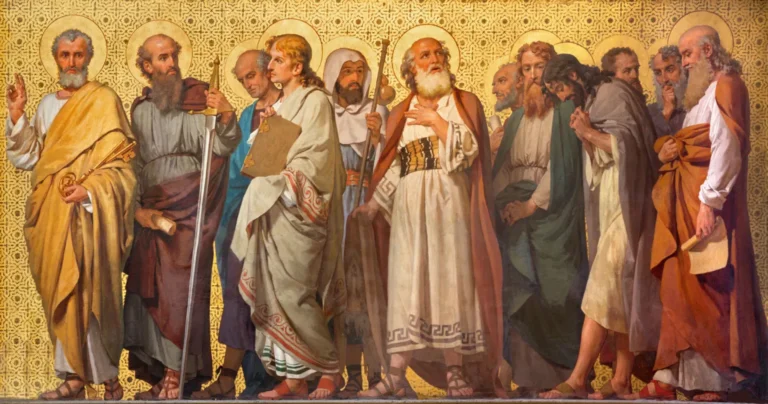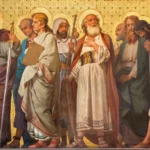Have you ever heard that early Christians didn’t have a New Testament until hundreds of years after Jesus? Many textbooks and popular speakers claim the New Testament canon didn’t exist until the 4th century—but history tells a different story. Imagine being an early Christian, secretly gathering to read sacred letters and gospels. Were these believers waiting centuries to recognize these texts as Scripture? Not at all.
In this article, we’ll uncover historical facts, debunk common misconceptions about the New Testament canon, and discover why understanding this history matters deeply to our faith today. By examining the historical evidence, you’ll gain greater confidence in the reliability and authority of the New Testament Scriptures.
Why the 4th Century Misconception Exists
The confusion often arises from the Festal Letter of Athanasius, written in 367 AD. Athanasius was a renowned theologian who courageously defended the divinity of Christ during the Arian controversy. His letter, often cited as the earliest official list of the 27 New Testament books, is used to argue that the canon only came into existence in the 4th century.
Who was Athanasius?
- Lived from 296–373 AD and was the Bishop of Alexandria
- Defender of Christ’s divinity during the Arian controversy
- Wrote the 367 AD Festal Letter listing the 27 New Testament books
- Significantly influenced church theology and canon recognition
The Early New Testament Core: Christianity’s Foundation
Historically, Christians recognized and used many New Testament books much earlier than the 4th century. A core set of books was broadly accepted within Christian communities as authoritative Scripture as early as the 2nd century. These books shaped the theological trajectory of Christianity, creating a unified understanding of essential Christian beliefs.
Think about it—if someone asked you to build a theology from 22 out of the 27 New Testament books, you’d undoubtedly be able to establish a robust, orthodox Christian theology. This underscores the point that a functional canon existed and shaped Christian theology early on, even before formal lists appeared.
Who was Irenaeus?
- Lived from 130–202 AD and was the Bishop of Lyons
- Wrote extensively against heresies, confirming early canon use
- Quoted extensively from the New Testament texts
- Reinforced the early, functional existence of a canon
Origen vs. Athanasius: Clarifying Historical Records
Recent scholarship highlights that Athanasius’ Festal Letter isn’t even the earliest complete list. More than a century before Athanasius, the influential theologian Origen (184–253 AD), in a sermon on Joshua, casually referenced all 27 New Testament books. Origen did not present this as a groundbreaking idea or controversial viewpoint. Instead, he mentioned these books naturally, as already widely recognized among his listeners.
Origen, known for his profound devotion to Scripture and intellectual rigor, clearly demonstrated that a well-established canon existed long before the 4th century. His casual mention strongly implies that Christians had a shared, established understanding of these canonical texts even earlier.
Who was Origen?
- Lived from 184–253 AD and was an influential Christian scholar and theologian from Alexandria
- Authored numerous theological works and biblical commentaries
- Casually referenced all 27 New Testament books in sermons
- Demonstrated the widespread acceptance of these texts long before Athanasius
Why Early Lists Matter (and Don’t)
The argument that the first comprehensive list defines when the canon began is flawed. Before Athanasius penned his letter, Christians were already widely using and citing these books as Scripture. They were recognized as authoritative even without a formal, universally agreed-upon list. Early theologians like Irenaeus frequently referenced and treated these texts as inspired and canonical. Lists are helpful historical markers but not the sole indicator of a canon’s existence.
Conclusion
So, next time you encounter the claim that there was no New Testament canon until the 4th or 5th century, remember that historical evidence tells a different story. Christians recognized, revered, and utilized these texts as authoritative from very early on. The canon existed functionally well before formal lists were made, demonstrating the powerful, unifying influence of these sacred writings from the earliest days of Christianity.
Reflection Questions
- Why do you think it matters that Christians had an early core of Scripture?
- How does understanding the history of the New Testament Canon influence your confidence in Scripture today?









